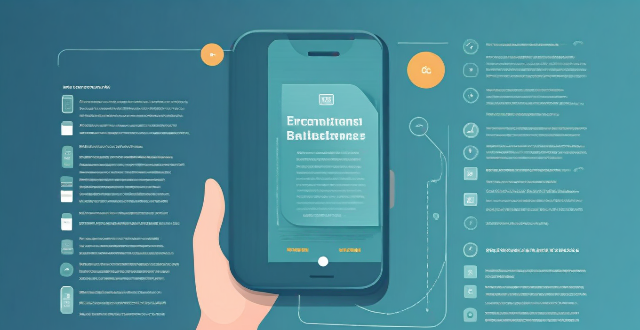The article provides a comprehensive guide on how to assess the condition of a second-hand phone battery. It emphasizes the importance of checking the battery health, as a deteriorated battery can lead to more frequent charging and unexpected shutdowns. The steps include using built-in features to check battery health, physical inspection for swelling, leakage, and damage, testing the phone's backup time, checking for rapid battery drain, consulting a professional technician, and asking for warranties or guarantees from the seller. By following these steps, one can make an informed decision about the battery's condition and set realistic expectations.

How to Assess the Condition of a Second-Hand Phone Battery
When considering purchasing a second-hand phone, one of the most crucial aspects to evaluate is the health of its battery. A phone with a deteriorated battery will not only require more frequent charging but may also fail to provide the expected backup or even cause unexpected shutdowns. Here's how you can assess the condition of a second-hand phone battery:
1. Check Battery Health Using Built-in Features
For iOS Devices:
- Go to
Settings>Battery>Battery Health. - Look for the
Maximum Capacitymetric. This shows you the current capacity relative to when the phone was new. If it's significantly lower than 100%, the battery has degraded. - The
Peak Performance Capabilitysection might indicate if the battery is capable of handling peak loads or if it's been optimized for better longevity at the cost of performance.
For Android Devices:
- Some Android devices come with built-in battery health checks in their settings or battery info sections. Check your device's manual or search online for your specific model.
- If your device doesn't support this feature natively, you can use third-party apps like AccuBattery or similar ones from the Google Play Store to get an estimate of the battery's health.
2. Physical Inspection of the Battery
- Swelling: If the phone's back is bulging or the battery is visibly larger than normal, this is a clear sign of damage and potential hazard.
- Leakage: Check for any signs of battery fluid leakage. This could be residue around the battery compartment or a strange smell.
- Damage: Cracks or visible physical damage to the battery are red flags indicating that the battery should be replaced.
3. Test the Phone’s Backup Time
- Charge the phone fully and note down the time.
- Use the phone as you normally would, making a note of your usage patterns.
- See how long it takes for the battery to drain completely. If it's much shorter than what's typical for that model, it indicates poor battery health.
4. Check for Rapid Battery Drain
- Observe if the phone loses charge rapidly even when not in use. This could suggest a battery issue.
- Monitor the battery usage stats in settings to see if there are any abnormalities.
5. Consult a Professional
- If you're unsure about your findings, consider taking the phone to a professional technician who can run diagnostic tests to determine the battery's health accurately.
- Some authorized service centers have tools to provide detailed reports on a battery's state.
6. Ask for Warranty or Guarantees
- If you're buying from a dealer or a reputable platform, ask about any guarantees or warranties they offer concerning the battery's health.
- A guarantee period where you can test the battery thoroughly gives you peace of mind.
By following these steps, you can make an informed decision about whether the second-hand phone's battery is still in good condition or if it needs replacement. Remember, batteries naturally degrade over time, so a used phone might never match the performance of a new one. However, understanding its current state helps set realistic expectations.